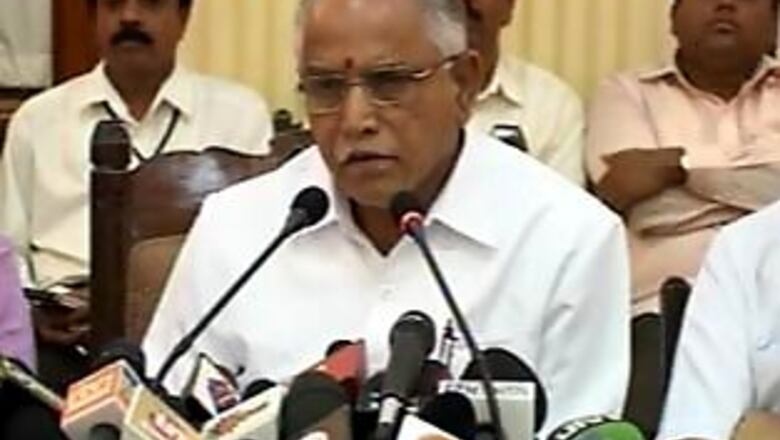
views
Bangalore: The lingering crisis in the Bharatiya Janata Party's (BJP) first government in Karnataka has brought to the fore the question - who constitutes the party high command?
The high command culture is usually associated with the Congress, which the BJP has been decrying for years.
In the pre-Indira Gandhi period of the Congress, the high command meant a group of top party leaders. With Indira Gandhi, it referred to her, though she too might have consulted other leaders before giving her verdict.
It continued with her son Rajiv Gandhi. With her daughter-in-law Sonia Gandhi taking over as party president about 10 years back, Congress members and the general public believe that she is the high command.
In the BJP, the word of Atal Bihari Vajpayee and L K Advani carried the day for a long time.
Vajpayee is in retirement because of poor health and Advani's word apparently carries less and less weight now.
Rajnath Singh's term as BJP President is coming to an end soon. There are many contenders to succeed him as well as Advani, who is said to be contemplating quitting as leader of the Opposition later this year.
Adding to this disarray at the top level are the frequent swipes of the Rashtriya Swayamsevak Sangh, to whose guidance the BJP looks and on whose support it thrives, particularly during elections.
Such a leadership is bound to find it difficult to settle a dispute speedily, particularly when one party to the dispute is backed by huge financial clout, like the Reddy brothers in the ongoing Karnataka turmoil.
The Karnataka muddle perhaps is also an opportunity for the BJP to decide whether the high command culture of the Congress serves its purpose too.
The defiance of Reddy brothers, Tourism Minister G Janardhana Reddy and his elder brother and Revenue Minister G Karunakara Reddy, billionaire iron ore mine owners, suggests the BJP should either have a high command that is obeyed, or find another way to resolve intra-party disputes.

















Comments
0 comment